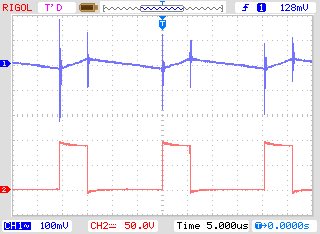Other Parts Discussed in Thread: LM5116
Tool/software: WEBENCH® Design Tools
Hello everyone,
I should build a power supply with the input voltage from 60 Vdc to 90 Vdc and the output voltage to 24V @ 2A max.
I bought the development board "LM5116-12 Eval Board" to begin to do some testing and I must say I'm really happy with the performance.
Now to calibrate the passive components on my needs I tried to use the WEBENCH Design Center by entering the required characteristics.
Unfortunately, the tool can not satisfy my demands, it seems that overcoming 1.5A output is not possible to dimension the project with LM5116.
The tool offers me only flyback solutions, but I need to work in buck mode without flyback transformer.
Thank you in advance for any help.
Regards.
Stefano



